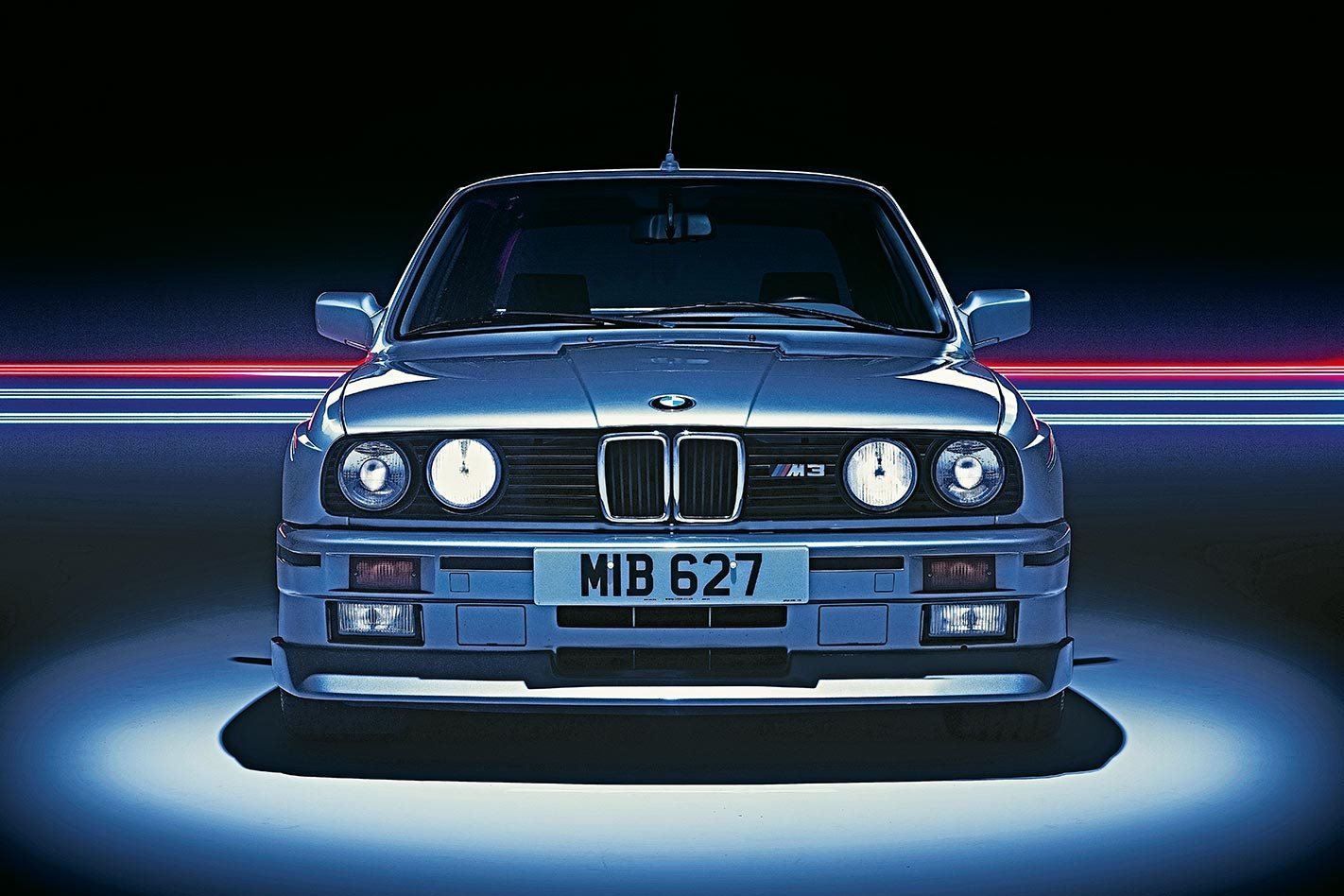BMW S14B25
PRODUCED: 1989-91 DISPLACEMENT: 2467cc INDUCTION: NA
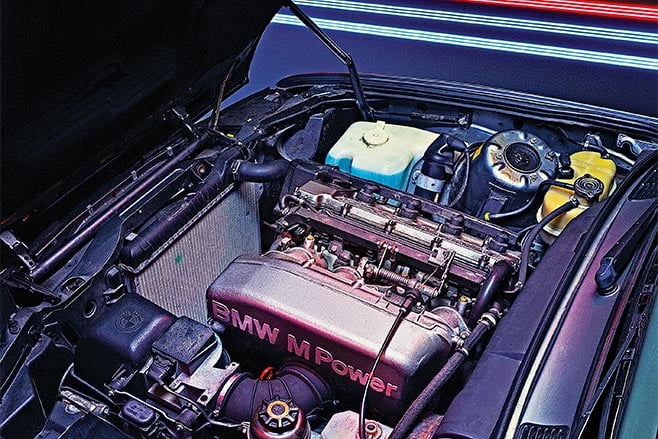
The engine under the bonnet of what might be BMW’s most iconic car is not one of the inline sixes the Bavarians are praised for. No, instead, a humble inline four is at the heart of the E30 M3.
Okay, in its peak form, perhaps a 2.5-litre naturally aspirated engine that revs out past 7000rpm and makes 175kW wasn’t exactly humble back in 1990.
Though there were lesser versions of the S14 engine in lesser E30 M3s, the S14B25 that powered the M3 Evo III is the version of the engine that could hold its own today, even nudging the power output of a current (turbocharged!) Golf GTI. With various versions of the S14, the E30 was also incredibly dominant in motorsport both in Europe and in Australia.
COSWORTH/FORD BDA
PRODUCED: 1969-70 DISPLACEMENT: 1601cc INDUCTION: NA

Ever heard of a little sport called rallying? Then you will of course know of the Ford Escort RS1600 (pictured) and a little engine company called Cosworth. The 1.6-litre DOHC inline four powering the Cossie (with around 86kW as stock) is not only a stunningly beautiful sounding engine, but also formed the basis for a series of other BDx engines that would range from rallying applications to powering Formula open-wheelers. Sometimes these other versions are also referred to as BDAs.
In its most vicious form, the BD was enlarged to 2.1 litres, given a turbo and intercooler, tuned to more than 440kW, and plonked in the middle of the Ford RS200 Group B monster known as the BDT-E.
Renault F4R
PRODUCED: 1993-NOW DISPLACEMENT: 1998cc INDUCTION: NA
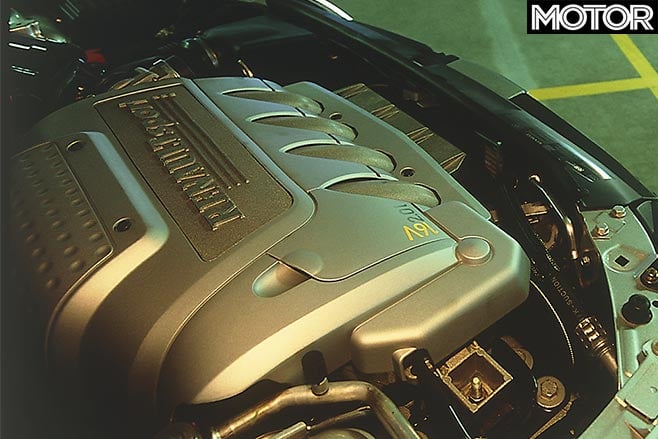
Renault’s place in the hearts of hot hatch fans was cemented by the Clio RS, which until its current iteration was the perfect example of ‘if it ain’t broke…’ by retaining the same F4R engine throughout 14 years of its lifespan. From the Clio 172 through to the 200 Cup (named for horsepower, so 127kW and 147.5kW respectively), the 2.0-litre F4R served as a rather big engine in a rather small car.
In part because of its bold engine, the Renault Sport Clio is regularly praised as an all-time great. Though it no longer runs the F4R, that engine still has a place as the powerplant in the open-wheel Formula Renault series, as well as in several somewhat more pedestrian road cars. Its turbo bro, the F4Rt, was also renowned.
AMG M139
PRODUCED: 2019-NOW DISPLACEMENT: 1991cc INDUCTION: Turbo
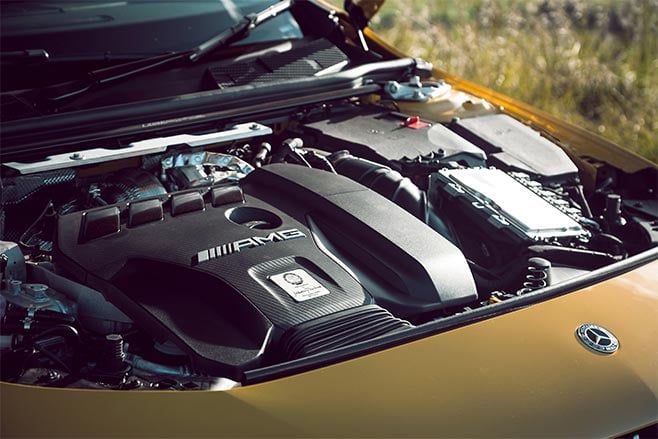
The newest of the 10 engines is, perhaps unsurprisingly, the most advanced. Built for the current Mercedes-AMG A45 S (and CLA45 S), the M139 is a complete redevelopment of the preceding M133, with just about the entire engine updated and upgraded. But one thing it does share with its forebear is the breaking of records and barriers. At 155kW-per-litre for a total 310kW alongside 500Nm, it is the most powerful road-going production 2.0-litre engine in the world.
An electric wastegate and the engine’s placement in the bay being rotated 180 degrees help reduce lag, which AMG says makes the engine feel ‘more naturally aspirated’, but plenty of folks will buy A45 Ss just to have the fastest hot hatch around.
Honda F20C
PRODUCED: 1999-2009 DISPLACEMENT: 1997cc INDUCTION: NA

While Honda originally wanted a V8 for the S2000 (!), the 2.0-litre F20C engine turned out as pretty good consolation. The short-aluminium block four produced 176kW and 208Nm on local models in 1999, pegging specific output at 88kW per litre. But Japanese models wound up peak power to 184kW, or 92kW per litre. Only Lamborghini can get near that today with an atmo engine.
VTEC and a 9000rpm redline were key, as were fibre infused bore liners. American versions stroked the engine to 2157cc, lowering the redline but fattening torque to 220Nm. Its title as the most powerful road-going production 2.0-litre atmo four remains unbeaten to this day.
Mitsubishi 4G63T
PRODUCED: 1988-2007 DISPLACEMENT: 1997cc INDUCTION: Turbocharged

The 4G63T is the engine that Mitsubishi owes for creating a generation of diehard fans around the world, this cannot be disputed. From its beginnings in the Galant VR-4, this 2.0-litre turbo donk quickly became the engine for the Mitsubishi Lancer Evolution and stayed that way right up until the penultimate Evo, the IX. For years its official output was 206kW but was likely higher, not stated due to government power restrictions. The Evo VI (pictured) is best remembered as the last generation of Lancer successfully campaigned by WRC veteran Tommi Makkinen. His WRC cars were also 4G63T-powered.
Toyota 3S-GE
PRODUCED: 1984-2005 DISPLACEMENT: 1998cc INDUCTION: NA

This venerable engine powered Toyotas such as Celica, MR2, Caldina, RAV4 and Altezza. Despite a cast iron block, the 3S-GE was designed to be lightweight, an aluminium-alloy twin-cam head (co-developed with Yamaha) helping keep weight to a low 143kg.
At first it produced 118kW at 6400rpm and 186Nm, but across five generations (and more than two decades) this would soar to 154kW at 7000rpm and 216Nm in the 3S-GE’s ultimate iteration, the VVTi, quad-throttle, titanium-valved 11.5:1 compression BEAMS (Breakthrough Engine with Advanced Management System). It was only used in the Japanese market 1998 Altezza RS200. The turbo 3S-GTE made more power and torque again, but the rev-hungry atmo engine is the more memorable.
Abarth-Lancia 233 ATR
PRODUCED: 1985-86 DISPLACEMENT: 1757cc INDUCTION: Turbo & Supercharged

If Abarth created engines today like the Lancia Group B Delta S4’s, there would be 124 Spiders and 595s being wrapped around trees constantly. In the middle of the ’80s and at the peak of ridiculous Group B creations, this mid-mounted 1.8-litre pioneered twin-charging and ran an insane (at the time) 32psi in competition.
Outputs for the road car were humble at around 186kW/292Nm. And although claimed outputs were 360kW and 451Nm in race trim, estimations of actual outputs put it at 410kW, while rumours of the engine being capable of running at 600kW only further its legend.
Toyota 4A-GE
PRODUCED: 1983-2002 DISPLACEMENT: 1587cc INDUCTION: NA
Legend has it Toyota took inspiration from Cosworth’s legendary BDA to create its 4A-GE, a high-revving twin-cam injected 1.6-litre that pretty advanced for the early 1980s. The 4A-GE saw service in all sorts of configurations and cars from the AE86 Sprinter to AW11 MR2 and ‘twinky’ Twin Cam Corollas.
Early versions made just 88kW, but later rev-happy 20-valve jobbies made up to 121kW. A supercharged 16-valve version produced up to 127kW. Up to 150kW tuned was possible with relative ease, but required 9000rpm to do so. More so than its outputs the 4A-GE earned adoration for its numerous motorsport successes, rev-happy nature, indestructibility and the fact it was cheap and plentiful.
Honda B18C7
PRODUCED: 1995-2001 DISPLACEMENT: 1797cc INDUCTION: NA
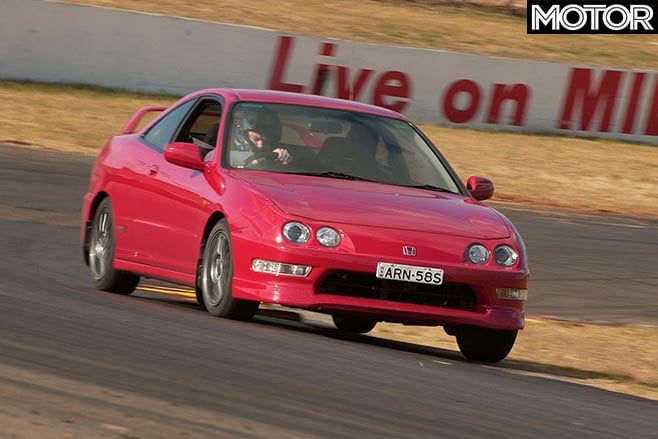
The original Honda Integra Type R’s engine played a mighty lead-up to the F20C. Starting as the Integra VTi-R’s 1.8-litre four, Honda’s engineers finished it with a hand polished cylinder head ports, larger intake and exhaust manifolds, low-friction pistons, forged conrods and a lightened valvetrain.
When the car landed here in 1999 its 1.8-litre produced 141kW and 178Nm, hitting each peak at 7900rpm and 6300rpm respectively. The indicated redline was set at 8400rpm but the engine could spin as hard as 8900rpm.
And while the K20A 2.0-litre four in following atmo Type Rs was more efficient and powerful, the hair-raising sound of the B18C7’s VTEC crossover has etched the engine into many halls of fame.
*This article originally published that the F20C used carbon-fibre infused bore liners and titanium conrods, this was incorrect and has been updated.

